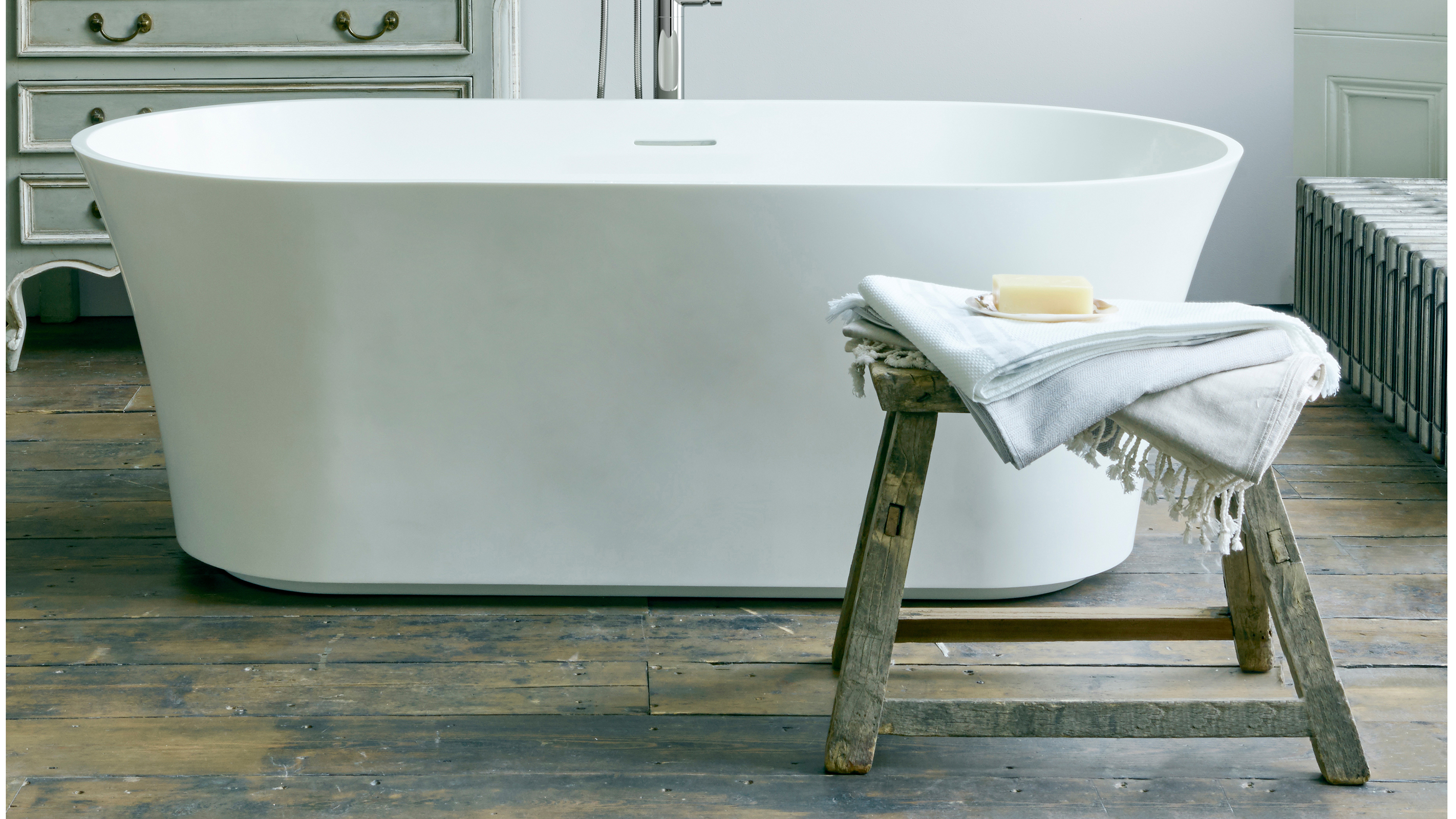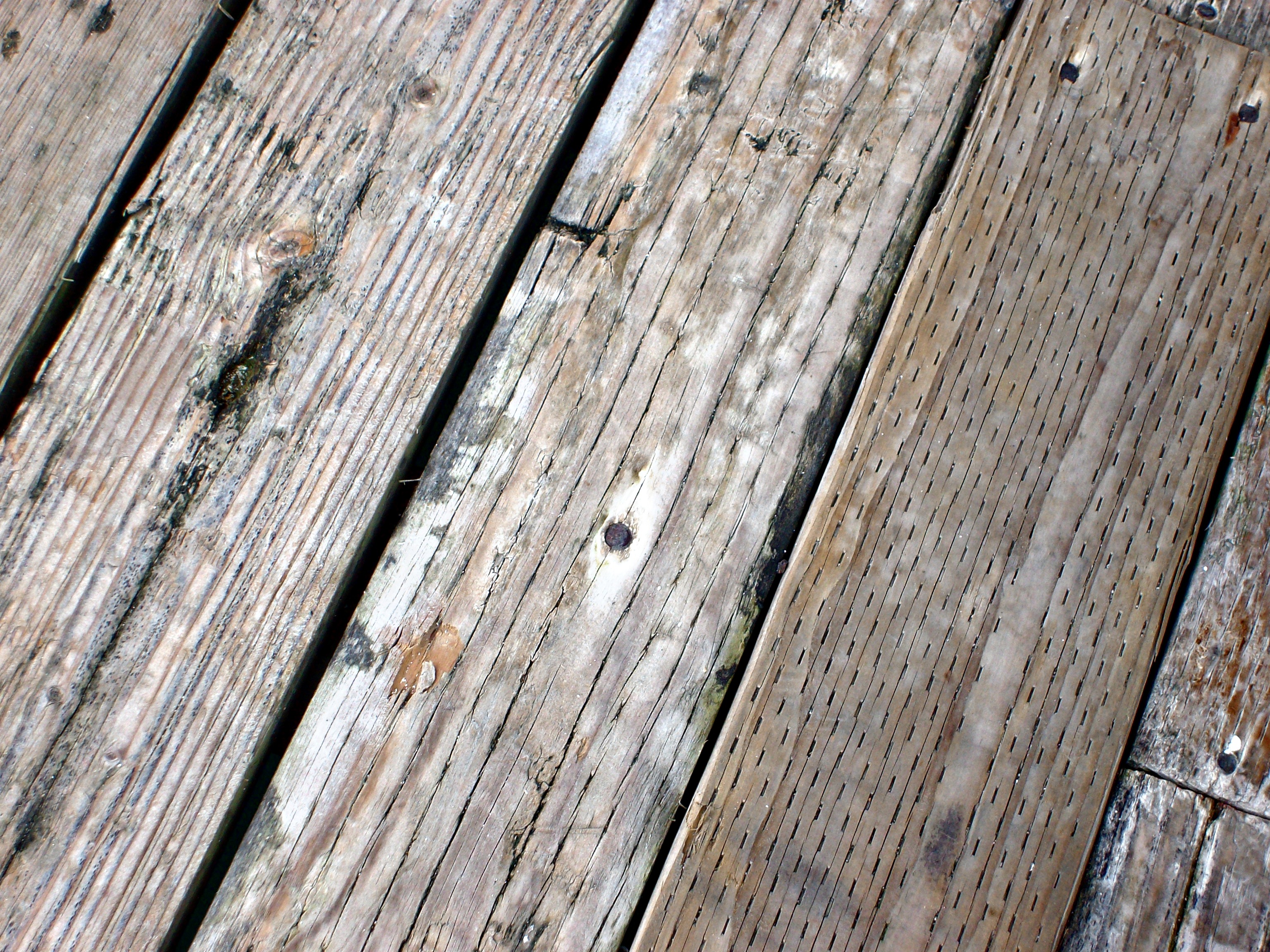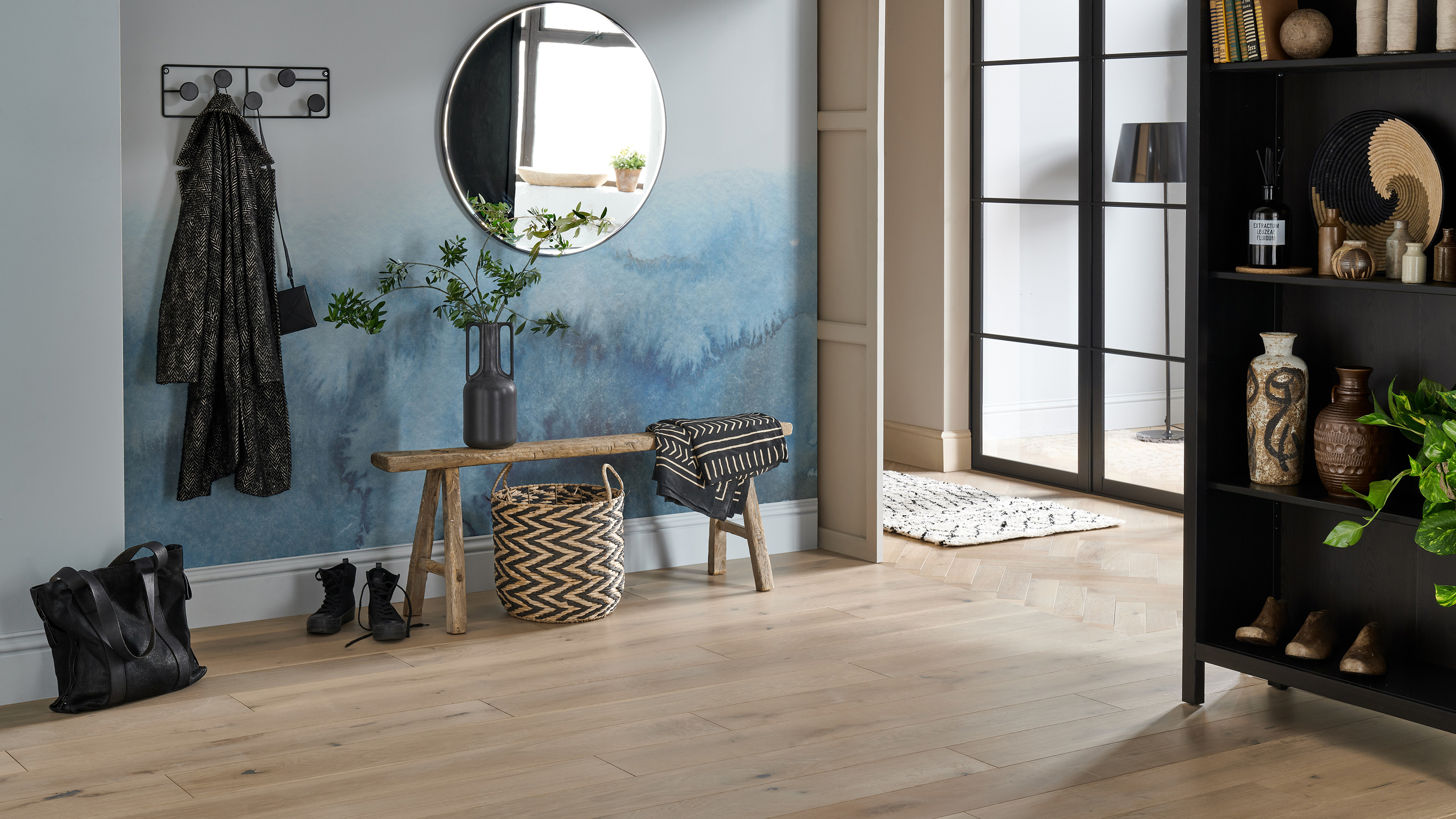Creaky Floorboards: How to Fix and Banish Squeaks For Good
Creaky floorboards can be a sign all is not well underfoot — as well as being downright irritating. Our quick repair guide is here to help

Owners of period properties are rarely strangers to creaky floorboards — but even modern properties can suffer if floors were not fixed properly to begin with.
There are several causes of creaking floorboards and in order to fix squeaky floors it is important to get to the root of the problem.
Whether you're renovating a house or simply want to fix this issue on a DIY basis, our guide to fixing creaky floors will explain the most common reasons for this annoying problem as well as giving you all the information you need to put it right.
What Causes Creaky Floorboards?
There are several causes of squeaky floorboards, some are down to wear and tear and others can be traced back to the original installation. Here, we outline the most common causes so you can get started on fixing the problem.
- A gap between the top of the floor joist (in the case of suspended floors) and the floorboard
- Incorrect or loose nails securing the floorboards to the joists
- Weakened floor joists
- Inadequate or uneven underlay (in the case of floating floors)
- Unacclimatised floorboards
- Boards that have got wet

How to Fix Creaky Suspended Floorboards
Before you begin fixing creaky floorboards you will first need to locate the exact spot the squeak is coming from. You can simply walk around the room and mark the spot but it does help if you can get someone else to do this while you watch for movement and listen at the same time.
Once you have pinpointed the troublesome spot, you can investigate the cause, before putting it right.
- The wrong nails: In some cases you will find that the nails (or sometimes screws) that have been used to fix the boards to the joists were too short or weak for the job. In this case, remove them and replace them with more suitable versions.
- Bad nailing: If you discover that whoever fitted the floor has spaced the nails too far apart or missed the joists altogether, you have two choices: remove the original fixings and replace them; or, preferably, leave them in place and screw the board to the joist where it is loose.
- Gaps between boards and joists: If you discover that there are gaps between the joist and the underside of the floorboards, use wood glue and a wood shim (a small wedge of wood) of the correct thickness to fill the space.
- Warped or twisted joists: If, on lifting the floorboards, you find that the joists have moved, warped or shrunk, fix a additional piece of timber alongside the affected joist so that it is at the right height to reach the underside of the floor — effectively taking over the role of the joist.
In some cases you may lift the floorboards to find a more sinister reason for your creaky floors, such as rot caused by water ingress or woodworm. In these cases it is best to call in a professional to assess the problem.

Squeaky Floating Floor: How to Put it Right
In the case of a creaky floating floor, such as engineered timber flooring, laminate or types of wood flooring laid on a solid subfloor, there are usually different culprits when it comes to underfloor squeaks.
- Underlay issues: Poor quality or badly fitted underlay can cause all sorts of issues when it comes to floating floors. Gaps in the underlay where it hasn't been butted up to another piece are common causes of creaks. One solution is to find the spot directly over the gap (which will probably bounce a little when you step on it), make a small hole, inject an epoxy resin to fill the space, then use wood filler to plug the drill hole. The more disruptive, yet often necessary, remedy is to lift the boards, sort out the underlay issue, and relay.
- Uneven subfloor: If the floor screed or concrete beneath your floating floor was bumpy or uneven when it dried, this will inevitably cause bouncy and creaky floors. The solution is as above, but it may be necessary to use a self-levelling compound when deciding how to level a floor. Once fixed, the boards can be relaid.
- Boards were not acclimatised: New flooring must be allowed to acclimatise to the space it is being laid in before being fixed. If not, boards will expand and contract once laid meaning they will rub together and creak when walked on. If this is your problem, boards are likely to be damaged and will need replacing with new (fully acclimatised) boards.
- Moisture exposure: Spills and leaks that have meant prolonged periods of exposure to moisture for your wood flooring will cause them to warp, twist and move — resulting in them fitting badly and squeaking. Once you have ensured any leaks are no longer active, assess the boards and replace any that are badly damaged .

Does Talcum Powder Fix Squeaky Floors?
It can, yes, although it tends only to be a temporary fix — and the squeak will return in time.
However, if you can find no obvious cause for creaky floors and the squeak is simply caused by boards rubbing next to one another, then talcum powder could be a handy solution. Simply sprinkle it between the offending boards and push it in to any tight seams.
Get the Homebuilding & Renovating Newsletter
Bring your dream home to life with expert advice, how to guides and design inspiration. Sign up for our newsletter and get two free tickets to a Homebuilding & Renovating Show near you.
Natasha was Homebuilding & Renovating’s Associate Content Editor and was a member of the Homebuilding team for over two decades. In her role on Homebuilding & Renovating she imparted her knowledge on a wide range of renovation topics, from window condensation to renovating bathrooms, to removing walls and adding an extension. She continues to write for Homebuilding on these topics, and more. An experienced journalist and renovation expert, she also writes for a number of other homes titles, including Homes & Gardens and Ideal Homes. Over the years Natasha has renovated and carried out a side extension to a Victorian terrace. She is currently living in the rural Edwardian cottage she renovated and extended on a largely DIY basis, living on site for the duration of the project.

